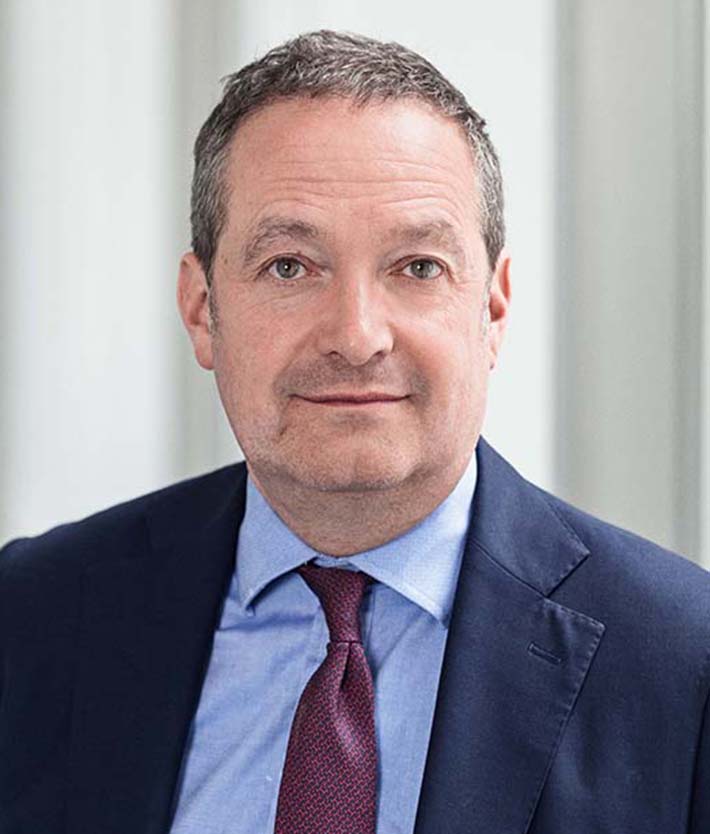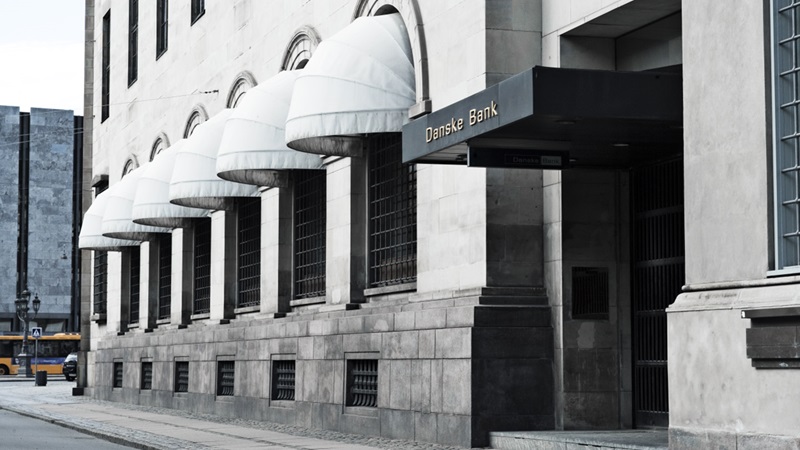Selected key figures
7.0 bn

Net profit,
DKK
9.0%

Return on equity
2%

Lending growth

In the first half of 2019, we faced a challenging rates and margin environment as well as increased costs for compliance measures. But we also saw continued growth in lending and solid credit quality. Our focus in the coming weeks and months will be to analyse our business and strategy. Later this year, we will come back with an update on how we will make sure that Danske Bank can continue to deliver an excellent customer experience, make a positive societal impact, be a great place to work for our employees and create long-term value for our shareholders.
Chris VogelzangChief Executive Officer, Danske Bank
First half 2019 vs first half 2018
The Danske Bank Group delivered a net profit for the first half of 2019 of DKK 7.0 billion, representing a fall of 24% from net profit for the first half of 2018. The first half of the year was characterised by a continuation of the challenging interest rate environment as well as a drawback in the conditions in the financial markets.
The return on shareholders’ equity after tax was 9.0%, against 11.9% in the first half of 2018.
Total income amounted to DKK 22.3 billion and remained at the same level as in the first half of 2018:
- Net interest income totalled DKK 10.9 billion, a decrease of 8% from the level in the first half of 2018. We saw lending growth in most markets, but the effect of this growth was offset by margin pressure and higher funding costs.
- Net fee income amounted to DKK 7.6 billion and was at the same level as in the first half of 2018. Net fee income benefited from the acquisition of SEB Pension Danmark, however, the positive effect was offset by a decrease in net fee income, which was caused by lower investment activity and the estimated compensation payable to customers with the Flexinvest Fri product in the form of repayment of fees.
- Net trading income totalled DKK 2.1 billion, a decrease of 15% from the level in the first half of 2018. The decrease was due to challenging conditions in the financial markets, lower customer activity and margin pressure.
- Other income amounted to DKK 1.7 billion, against DKK 0.5 billion in the first half of 2018. The increase in other income was due to the sale of Danica Pension Sweden that generated a gain of DKK 1.3 billion.
Operating expenses amounted to DKK 12.8 billion, an increase of 12% from the level in the first half of 2018, primarily as a result of investments within compliance and anti-money laundering. We have thus started our announced investment programme of up to DKK 2 billion over three years. The estimated compensation payable to Flexinvest Fri customers also affected expenses.
Credit quality remained strong on the back of our focus on this and stable macroeconomic conditions. Loan impairments amounted to DKK 470 million in the first half of 2019, against a net reversal of DKK 707 million in the first half of 2018. The increase was driven mainly by a few single-name exposures and generally lower reversals in Denmark.
Total lending was up 2% from the level at the end of December 2018, and deposits were up 4%. Lending increased in most markets.
Highlights from the interim report
We will hold a conference call for analysts and investors at 13:00 CET.
Follow the conference call


.jpg?h=450&iar=0&mw=800&w=800&rev=061ae96123934279957318ab4335f0c3&hash=25BBA7F44CA73D913A83796A8B8F9093)


